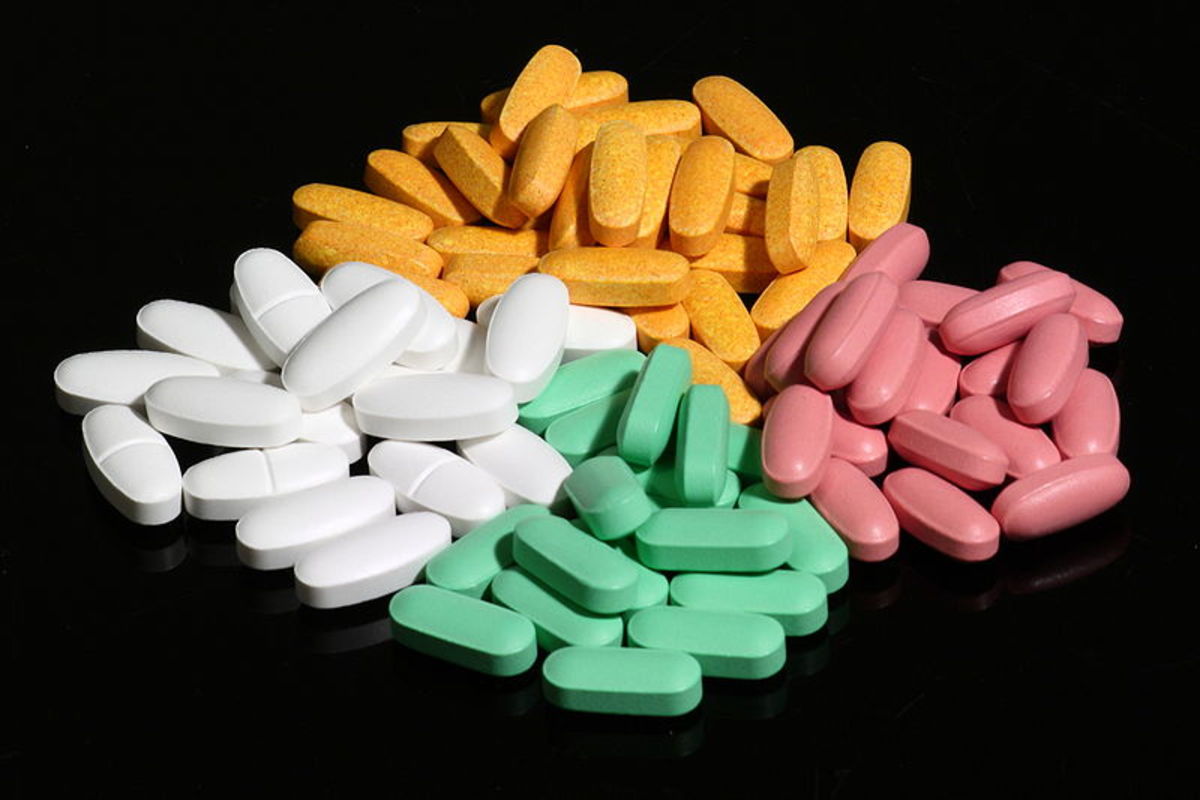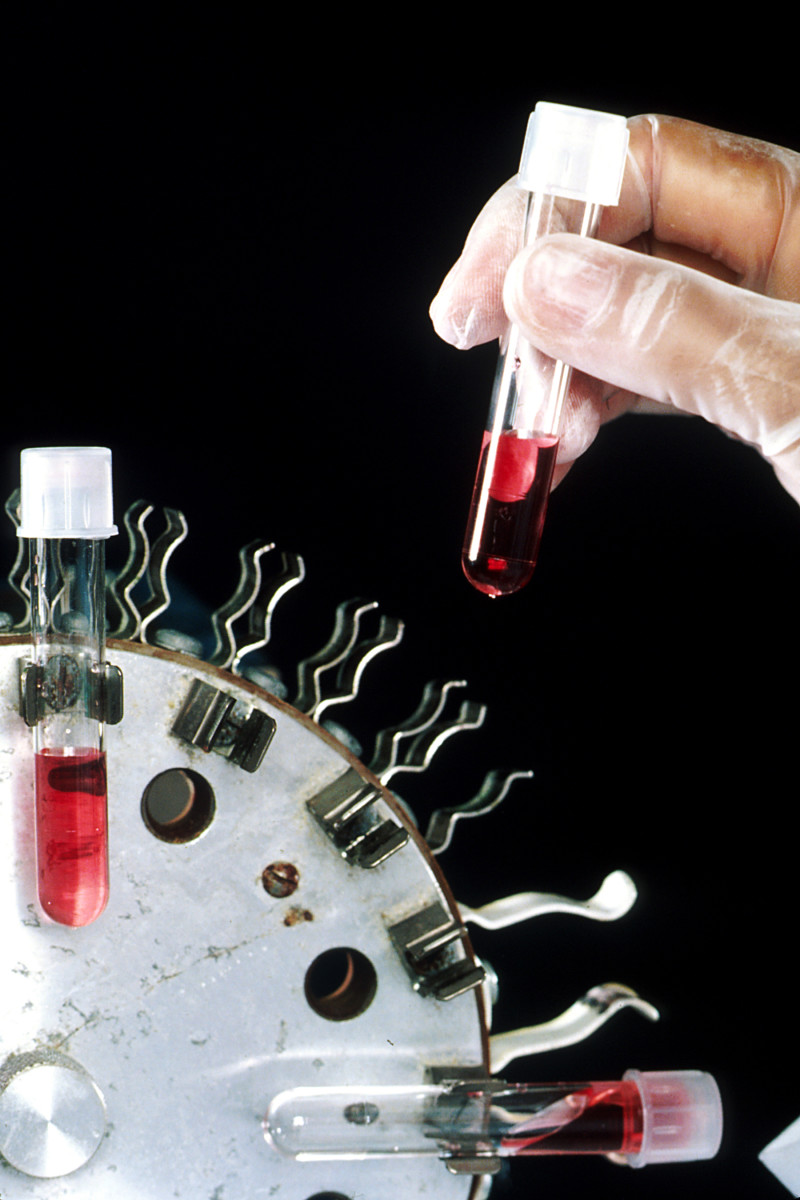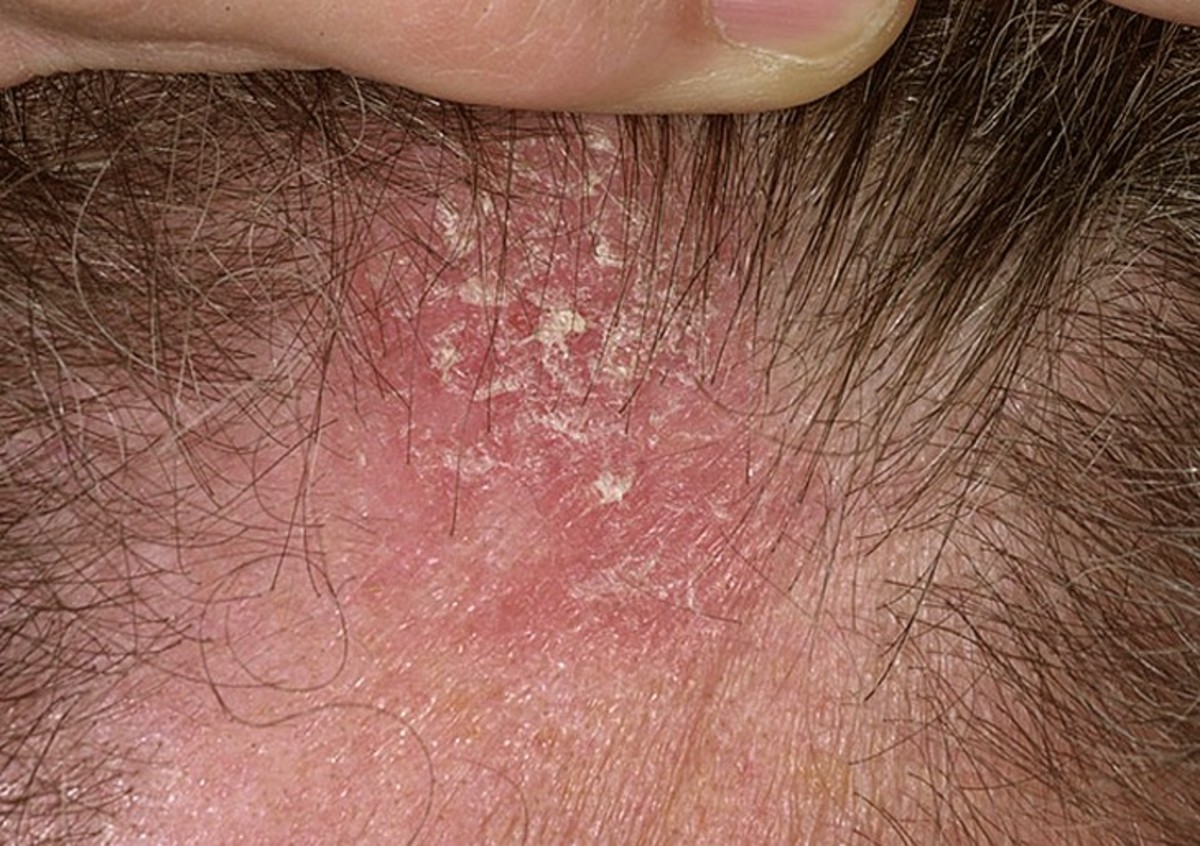Prostate Cancer Treatment Options and Side Effects

Prostate Cancer
How much do you know about prostate cancer, and have you ever known anyone who had it? A close friend of ours died from the disease, and we have another friend who’s battling it now. For some reason, prostate cancer is widespread in the United States, especially among older men. Many experts think this might be at least partially blamed on the typical American diet, which is high in animal fats. Regardless of the cause, there’s no denying the number of cases of prostate cancer in our nation. For example, in 2012 alone, over 200,000 new cases will be identified. In fact, doctors now believe that most senior males in the U.S. probably have some cancerous cells in the prostate gland. The cancer isn’t always a death sentence. In most cases, it grows very slowly, and some victims don’t even realize they have the disease. In a few cases, however, the cancer becomes very aggressive and spreads to other parts of the body. When that happens, the disease can be deadly. When it’s caught early, prostate cancer treatment options are usually effective in controlling or eliminating the disease. The problem is that in its early stages, the cancer usually has no symptoms. That’s why regular cancer screening is so important. Because of regular screenings, four in five cases of prostate cancer in the U.S. are identified when the cancer is in its earliest stages.
The Prostate
What is the prostate, and where is it located? The prostate is an exocrine gland found in most male mammals. In humans, it surrounds the urethra and is located just beneath the urinary bladder. Its purpose is to secrete a liquid that helps make up seminal fluid. The fluid from the prostate helps the seminal fluid neutralize the fluids produced by females, making it more conducive to fertilization. In male humans, the fluid secreted by the gland is comprised of proteins, simple sugars, and zinc.
The prostate gland is part of the reproductive system and is regulated by a form of testosterone called “dihydrotestosterone,” an androgen hormone and sex steroid. In adult human males, the gland is roughly the size of a large walnut and generally weighs around 10-14 grams.
There’s also something known as the female prostate. It’s the paraurethral or Skene’s gland, located around the urethra and within the v. wall. Basically, the Skene’s glands serve the same purpose in females that the prostate glands serve with males. Because of this similar function, many doctors refer to the glands as the female prostate.
Benign Prostatic Hyperplasia:
Prostatic Cancer
Prostatic Cancer is a somewhat confusing term. Lay persons using the term might be referring to prostate cancer or to Benign Prostatic Hyperplasia (BPH). BPH isn’t actually a prostatic cancer – it’s an enlargement of the prostate gland. It doesn’t develop into cancer, but it can create some real problems for men who suffer from BPH. This is a common malady that affects many older men. As the prostate grows, it places extra pressure on the urethra and can cause several symptoms, mostly involved with urination. The patient might feel the need to urinate frequently, but “going” could be difficult. Medications and therapies can help relieve the symptoms of BPH, or surgery might be required to correct the situation.
Another condition that is sometimes referred to as Prostatic Cancer is Prostatic Intraepithelial Neoplasia (PIN). With this condition, cells in the prostate have undergone abnormal changes. Based on the changes, PIN is categorized as low grade PIN or as high grade PIN. High grade PIN is considered to be a precancerous condition. Low grade PIN is not associated with prostate cancer and requires no further testing. High grade PIN, on the other hand, almost a third of men with high grade PIN will be found to have prostate cancer in some other part of the gland. In other cases, the condition might regress on its own.
Prostate Cancer Symptoms:
Prostate Cancer Symptoms
Prostate cancer symptoms are often vague, especially during the initial stage of the disease. In fact, many victims experience no discomforts at all. Symptoms of prostate cancer in advanced stages can include difficulty urinating and discomfort or pain in the pelvis region. It might be difficult for the person to start a flow of urine, and once it gets started, the flow might be hard to stop. Increased pressure in the area might make the patient feel like he has “to go” often, and “going” might cause pain. A man with the disease might also notice blood in the urine.
Other prostate cancer symptoms can include a general feeling of malaise, with decreased appetite, fatigue, and weakness. The lack of appetite can lead to weight loss. The weakness associated with the disease is most often felt in the lower limbs, which might also become swollen. Also, bone pain might be experienced in the lower back, the thighs, the ribs, and/or the pelvis. Nausea and vomiting can be symptoms of prostate cancer, too.
If you’ve experienced these symptoms, it doesn’t mean that you have some type of cancer. Other diseases and conditions can cause any of these problems. It is important, however, not to ignore unusual symptoms. See your physician as soon as possible. Chances are good that it’s nothing serious, but just in case it is, it’s much better to find out as early as possible.
Is Prostate Cancer Curable
When detected early, about 90% of prostate cancer cases can be cured. When the cancer is small and is restricted to the prostate gland itself, a cure can usually be effective. When the disease has spread beyond the affected gland, however, the disease is very difficult to cure long term. Even in those cases, aggressive prostate cancer treatments can relieve symptoms and extend the lives of the patients. In fact, about one-third of these patients can expect to survive for at least five years after the initial diagnosis. Keep in mind that every patient is unique. Different people respond differently to treatment methods, and individuals are likely to respond differently to different therapies and procedures.
Stages of Prostate Cancer:
Prostate Cancer Stages
Like most cancers, there are specific prostate cancer stages. The basic criteria for staging the disease are involved with the size and location of the tumor, if and to what extent the lymph nodes are affected, and whether or not the cancer has metastasized to other parts of the body. Prostate Cancer treatment options are usually based on which stage the disease is in.
Stage I – The tumor is very small and is completely restricted to the prostate gland.
Stage II – The tumor is growing but remains completely within the prostate.
Stage III – The cancerous cells have begun to invade nearby tissues.
Stage IV – The cancer has metastasized to the bones, the lungs, the lymph nodes, and/or the liver.
Prostate Cancer Treatment
If you or a loved one has been diagnosed with prostate cancer, you will most likely be faced with several treatment options. These different therapies may be used alone or in conjunction with another type of treatment. Your options will depend on the stage of your cancer and on your general overall health. Since each patient’s case is unique, only a well informed oncologist can help you with decisions regarding prostate cancer treatment.
The most popular and effective treatments for prostate cancer are briefly discussed below, including possible side effects. Several of these treatment therapies are new or are still in the clinical trial process, so all the treatments might not be available in your area or from your physician.
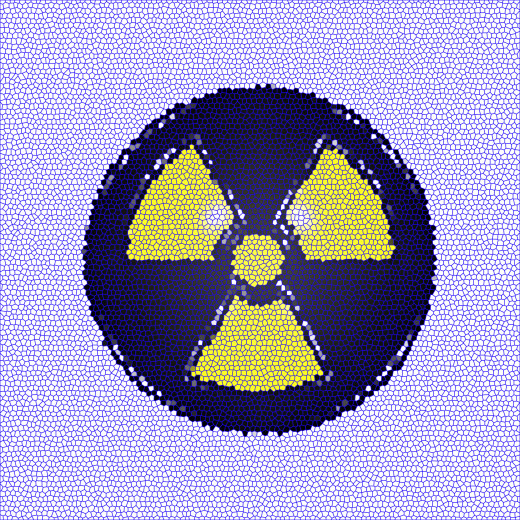
Radiation For Prostate Cancer
Radiation therapy either kills cancer cells or prevents them from growing. Radiation therapy can be either external or internal. With external radiation, a machine is used outside the body to “aim” the radiation beams at the cancer cells. With internal radiation, a radioactive substance is seeded directly into the cancer, usually via a catheter or needles. Both types of radiation are sometimes used together.
Side effects: Side effects for external radiation include impotence, urinary problems, fatigue, or rectal bleeding. The side effects for internal radiation might include impotence, frequent urination, painful urination, and bowel impairments.
Hormones Therapy For Prostate Cancer
Hormone therapy targets specific male sex hormones that allow or cause prostate cancer cells to grow. This is usually accomplished with the use of other hormones, or with drugs or surgery. With one such surgery, an orchiectomy, one or both t's are removed. Other forms of hormone therapy, however, are not as drastic.
Side effects: decreased libido, impotence, weakened bones, hot flashes.
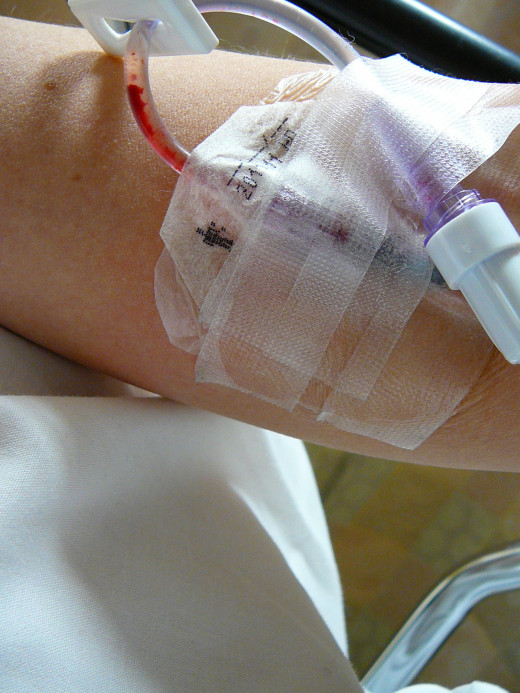
Chemotherapy
With chemotherapy, drugs that kill the cancerous cells or stop cancer cells from dividing are given to the patient orally or intravenously. Another type of chemotherapy, regional chemo, places the drug into a specific area of the body.
Side effects: hair loss, nausea, and oral sores.
Proton Therapy for Prostate Cancer:
Proton Therapy For Prostate Cancer
Proton Therapy for Prostate Cancer is a type of radiation, but the radiation is better able to pinpoint the cancerous tumor. With proton therapy, the amount of tumor-destroying energy, in the form of ionizing radiation, is safely increased, without damaging tissues and organs near the tumor. Because of its expense, this type of treatment is not available everywhere, but more and more hospitals are offering proton therapy to cancer patients.
Side effects: possible damage to the bowel.
Ultrasound Treatment for Prostate Cancer
With this treatment, a probe is inserted into the bowel, and high-energy sound waves are used to destroy the cancer cells. The high temperatures delivered by the computer-controlled probe are highly focused to destroy tumors while not harming surrounding tissues. This new procedure claims to be as effective as surgery, with fewer side effects and a much shorter recovery time.
Side effects: possible erectile dysfunction and urinary incontinence.
Biotherapy Treatment
Biotherapy uses the patient’s immune system to fight cancer cells. Natural body defenses, including T-cells and macrophages, are stimulated to help inhibit and destroy cancerous cells. This type of therapy is usually used in conjunction with other therapies.
Side effects: rashes, fatigue, and flu-like symptoms.
Cryotherapy Treatment
With this form of treatment, cancer cells are frozen and destroyed by use of a special instrument. The prostate is not removed in this procedure.
Side effects: impotence, urinary or rectal incontinence, swelling, pelvic pain, bloody urine, or numbness or pain in the male member.
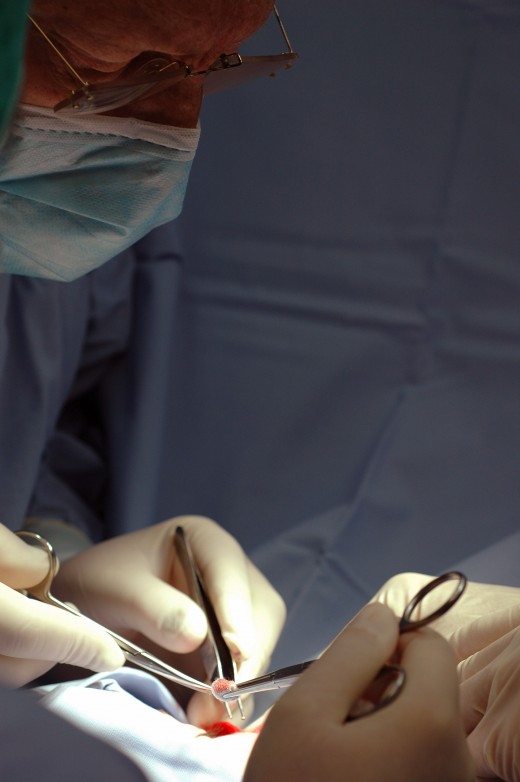
Surgery
Men in otherwise good health may be offered surgery options to remove the prostate cancer. There are several different types of prostate cancer surgery. Depending on the extent of the cancer, part of the prostate might be surgically removed, or the entire prostate could be removed. In some cases, the prostate gland and its surrounding tissues are removed. The lymph nodes in the pelvis near the prostate gland may also be removed. The newest form of prostate surgery is done laparoscopically, with a small incision in the navel.
Side effects: impotence, urinary and rectal incontinence.
If you've been diagnosed with prostate cancer
If you've been diagnosed with prostate cancer, read all you can find about the topic. Knowledge is power, and you’ll feel empowered by learning all you can about your condition. Discuss all your options with your oncologist. Don't be afraid to ask questions about different cancer treatments and possible side effects. Patients who are proactive in their search for cancer treatment options generally fare better and feel more in control of their disease. It’s also important to stay as healthy as you can, so you’ll need to discuss a diet and exercise plan with your healthcare team. A good support team can be extremely helpful, too, whether this is accomplished through a formal team, an informal group, or a combination of both. There’s no need to battle prostate cancer on your own.


